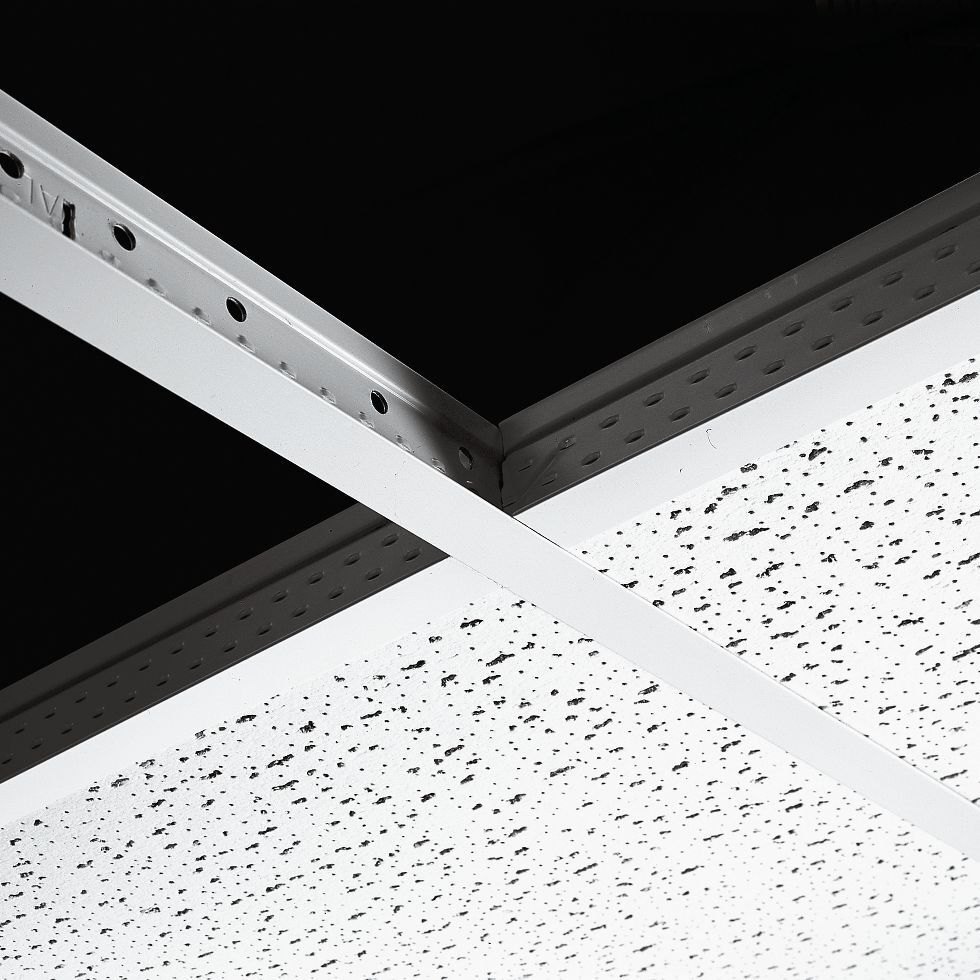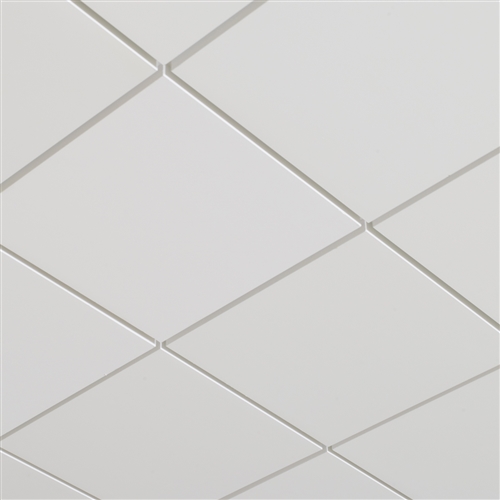Ceiling grid wire hangers play a crucial role in the installation and maintenance of suspended ceiling systems. Whether you are setting up a new grid ceiling or repairing an existing one, understanding how to use and maintain these hangers effectively is vital. In this comprehensive guide, we’ll explore everything you need to know about ceiling grid wire hanger, including their types, installation methods, and maintenance tips.

What Are Ceiling Grid Wire Hangers?
Ceiling grid wire hangers are metal wires used to support and stabilize the framework of a suspended ceiling system. These hangers ensure that the ceiling grid remains securely in place and can handle the weight of ceiling tiles, lights, and other fixtures. Typically made from galvanized steel or other durable metals, ceiling grid wire hangers are essential for maintaining the structural integrity of ceiling installations.
Types of Ceiling Grid Wire Hangers
There are several types of ceiling grid wire hangers, each designed for specific purposes and installation scenarios:
- Pre-Cut Wire Hangers: Pre-cut wire hangers come in standardized lengths and are ready to use straight out of the package. They are ideal for quick installations where precise measurements are not critical.
- Adjustable Wire Hangers: Adjustable wire hangers offer flexibility in installation, allowing you to modify the length of the hanger to fit various ceiling heights. They are particularly useful in situations where exact measurements are required or when dealing with uneven ceiling surfaces.
- Drop Wire Hangers: Drop wire hangers are designed to provide vertical support to the ceiling grid. They are typically used in conjunction with other suspension systems, such as threaded rods, to secure the grid in place.
- J-Hooks: J-hooks are shaped like the letter “J” and are used to secure wires or cables along the ceiling grid. They help organize and support electrical and data cables, preventing them from sagging or becoming entangled.
- Loop Hangers: Loop hangers form a loop at the end of the wire and are used to anchor the ceiling grid to structural components, such as beams or rafters. They provide a stable attachment point for the grid system.
Installation of Ceiling Grid Wire Hangers
Proper installation of ceiling grid wire hangers is crucial for ensuring a stable and durable ceiling system. Follow these steps for an effective installation:
1. Plan and Measure
Before installing the ceiling grid wire hangers, it’s important to plan the layout of your ceiling grid. Measure the dimensions of the room and determine the placement of the grid system. Mark the locations where the hangers will be installed.
2. Install Main Tees
The main tees are the primary support beams of the ceiling grid. Secure them in place according to the manufacturer’s instructions. Ensure that they are level and properly aligned.
3. Attach Wire Hangers
- Determine Hanger Placement: Based on your measurements and the layout of the main tees, decide where to place the wire hangers. Typically, hangers should be spaced 4 to 6 feet apart along the length of the main tees.
- Cut and Position Wire: If using pre-cut wire hangers, position them vertically from the ceiling to the main tees. For adjustable hangers, cut the wire to the desired length and attach it to the ceiling and main tees.
- Secure the Wire: Use wire clips or fasteners to secure the wire hangers to the ceiling structure. Make sure the wire is tightly secured and does not move.
- Attach to Main Tees: Connect the wire hangers to the main tees using appropriate fasteners or clips. Ensure that the connection is secure and that the grid is properly supported.
4. Check Alignment and Stability
After attaching all the wire hangers, check the alignment and stability of the ceiling grid. Ensure that the grid is level and that there are no loose or wobbly sections. Adjust the hangers as needed to achieve proper alignment.
Read too: Bathroom Flooded Through the Ceiling: A Comprehensive Guide
Maintenance Tips for Ceiling Grid Wire Hangers
Regular maintenance of ceiling grid wire hangers is essential to ensure the long-term stability and safety of your ceiling system. Follow these tips for effective maintenance:
1. Inspect Regularly
Periodically inspect the ceiling grid wire hangers for signs of wear or damage. Check for rust, corrosion, or any signs of deterioration. Replace any damaged hangers immediately to prevent structural issues.
2. Tighten Loose Hangers
Check for any loose wire hangers and tighten them as needed. Loose hangers can cause the ceiling grid to sag or shift, leading to potential safety hazards.
3. Clear Debris
Keep the area around the ceiling grid clean and free of debris. Accumulated dust or debris can affect the performance of the hangers and the stability of the ceiling grid.
4. Address Water Damage
If you notice any signs of water damage or leaks, address the issue promptly. Water damage can weaken the ceiling grid and wire hanger, leading to potential structural problems.
5. Follow Manufacturer’s Guidelines
Always follow the manufacturer’s guidelines for installation and maintenance. Different ceiling grid systems may have specific requirements for wire hangers and their placement.
Conclusion
Ceiling grid wire hanger are a fundamental component of suspended ceiling systems, providing essential support and stability. Understanding the different types of hangers and how to install and maintain them is crucial for ensuring a secure and long-lasting ceiling installation. By following the guidelines and maintenance tips outlined in this article, you can ensure that your ceiling grid remains in excellent condition and performs effectively over time.

